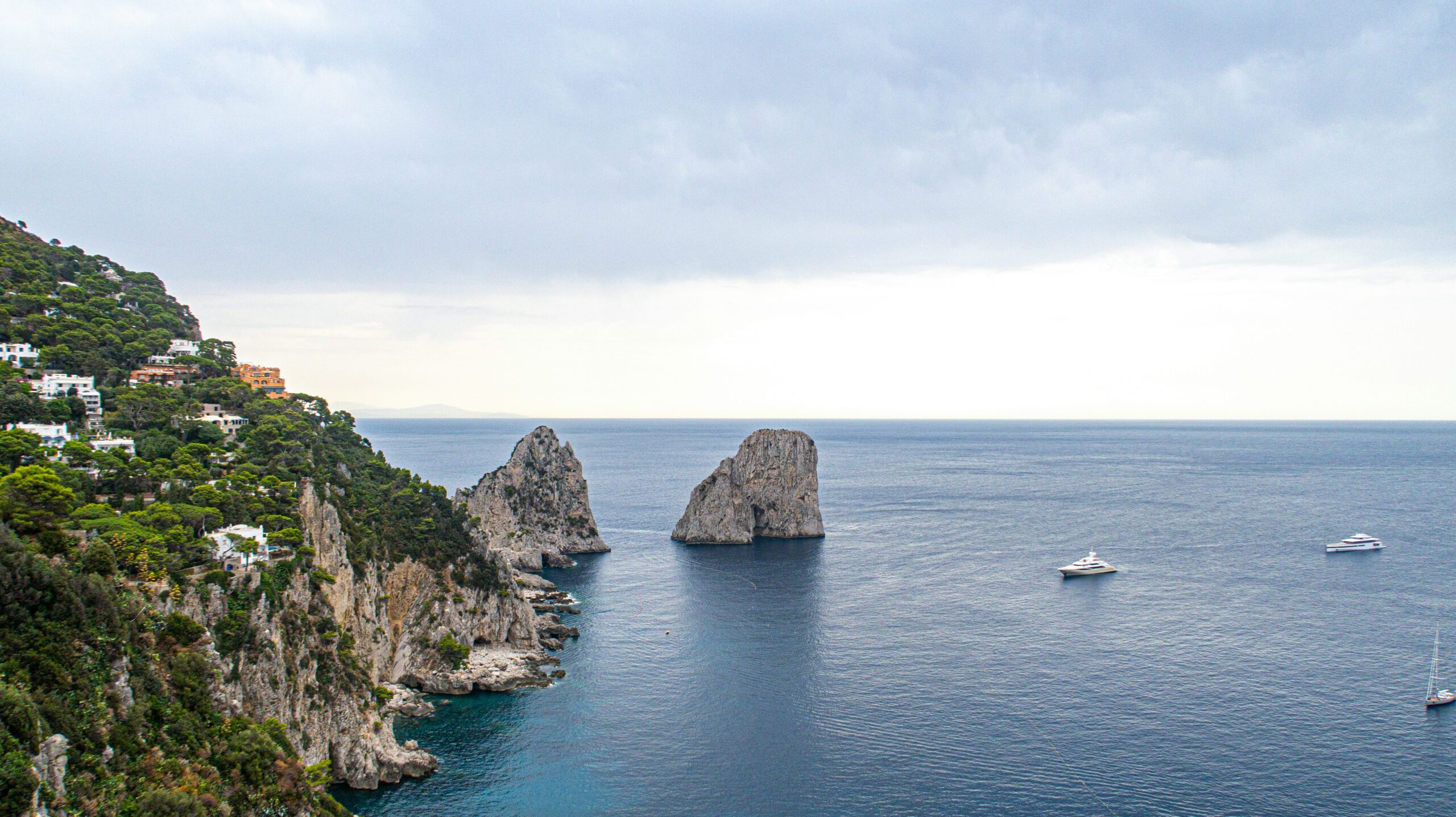Colourful, vibrant, exciting, hedonistic and high-spirited, Naples (Napoli) is one of the most fascinating cities in Italy and in Europe. Simultaneously ancient and modern, welcoming and intimidating, blessed and cursed by its location, the city is loved by some of its visitors and hated by others.
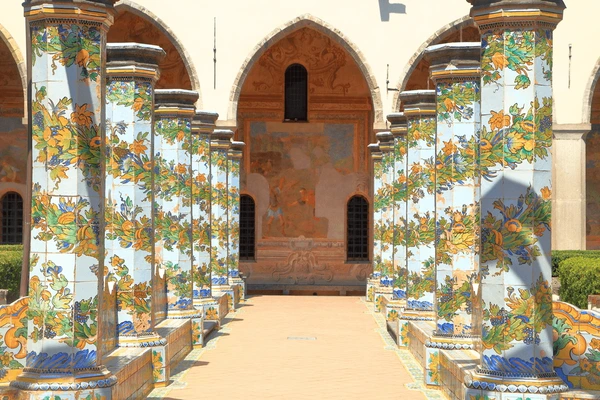

For many, the country’s third largest city after Rome and Milan has traditionally been the mere launchpad to the nearby Amalfi Coast or the archaeological wonderland of Pompeii, but even a fleeting visit offers glimpses of the riches the city has to offer: streets and alleys full of history and culture, amazing views, a cheerful and lively nightlife, an ancient culinary tradition without equals in the world, seemingly infinite street food options, generous and friendly people, and an original and unique theatrical lifestyle. All you need before visiting is an empty stomach, an open mind and more than a pinch of madness.
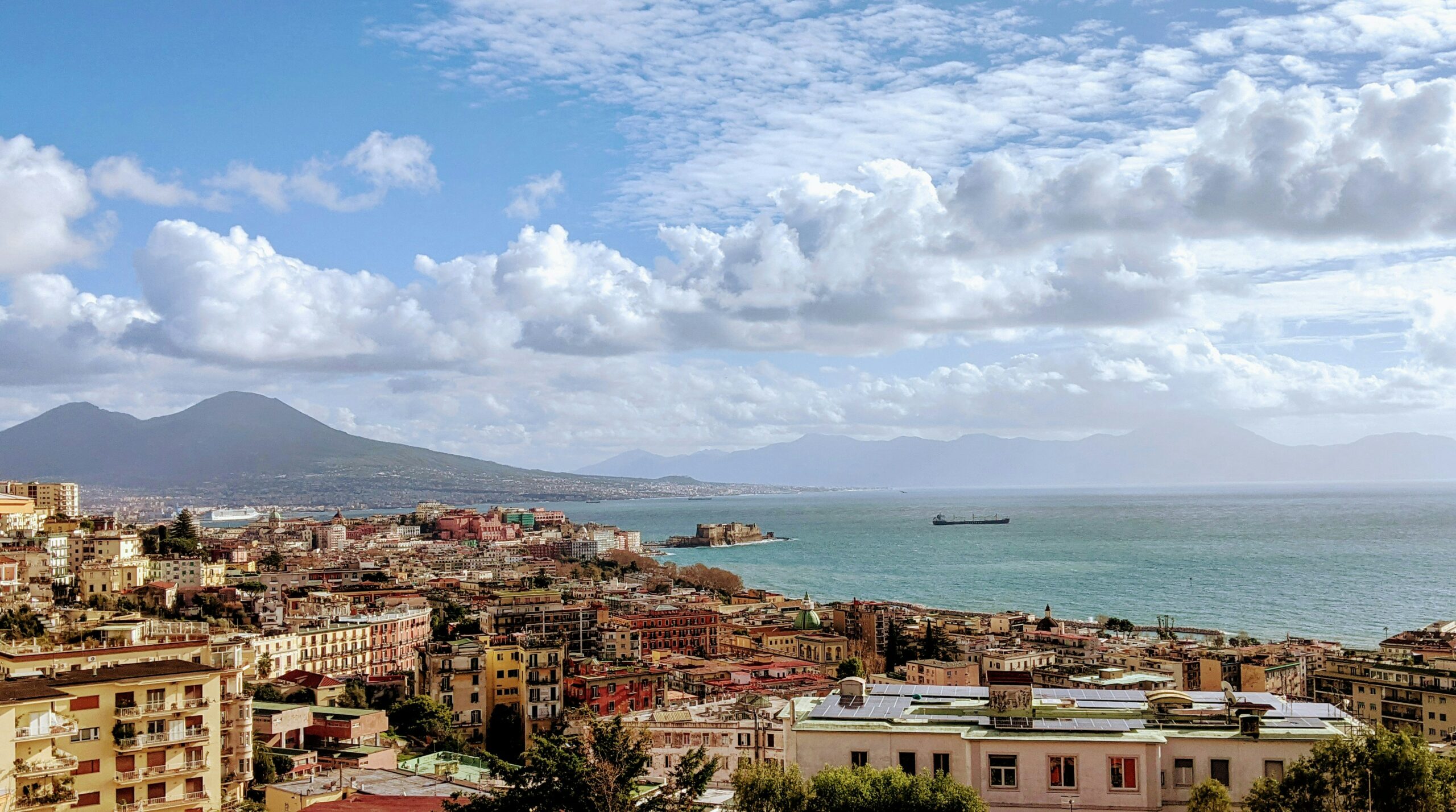
The historic heart of Naples (a UNESCO World Heritage site and the biggest in Europe) tells tales of Greek settlements, the Roman Empire and Byzantine reign but it would be a mistake to imagine it like a Venice-type open air museum. These narrow streets where rainbows of laundry wave in the wind are full of bustling crowds, pungent aromas and shouting merchants and offer an endless array of Fellini-esque slices of life.
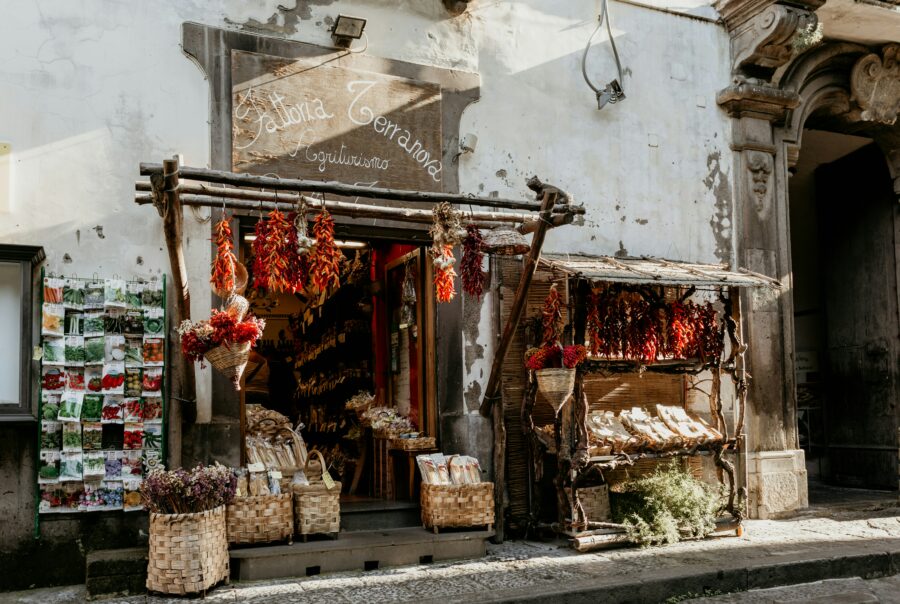

Here visitors can see the ancient layout of narrow lanes, visit churches from various historic eras, explore underground labyrinths of ruins and ancient aqueducts, admire artworks including Caravaggio’s Seven Acts of Mercy and the famous statue of a veiled Christ by Giuseppe Sanmartino. Dedicate enough time to Napoli to deepen your acquaintance, to get the feel of the city, to explore its varied sights, to stroll by the sea, to feast on pasta, seafood, pastries and pizza, and to meet the Neapolitans bringing their heritage back to life.

However, the beauty doesn’t end with the city and the whole neighbouring area offers heaps of additional sightseeing. The ancient Roman towns of Pompeii and Herculaneum are both archaeological treasures giving unparalleled insight into the everyday lives of the citizens of the empire. Vesuvius, the volcano which destroyed the two towns, still threatens the Naples area but until it next erupts, it’s possible to walk or cycle up to the crater’s rim.
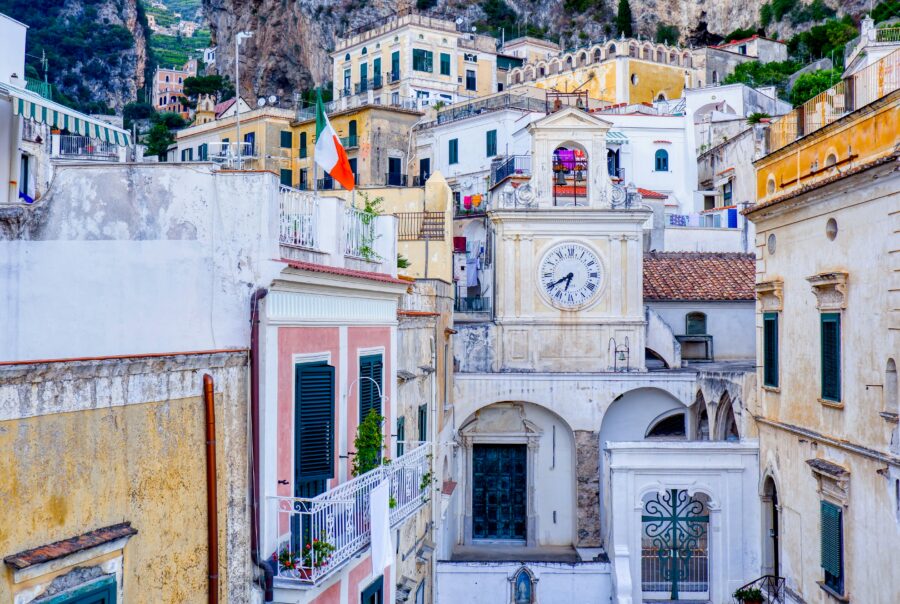

Deemed an outstanding example of a Mediterranean landscape by UNESCO, the Amalfi Coast is one of Italy’s most memorable destinations. Here, mountains plunge into the sea in a nail-biting vertical scene of precipitous crags, cliff-clinging abodes and verdant woodland. Other longer excursions include the islands of Capri, Ischia, small but colourful Procida, and the under-visited volcanic landscape of the Phlaegrean Fields (Campi Flegrei).
